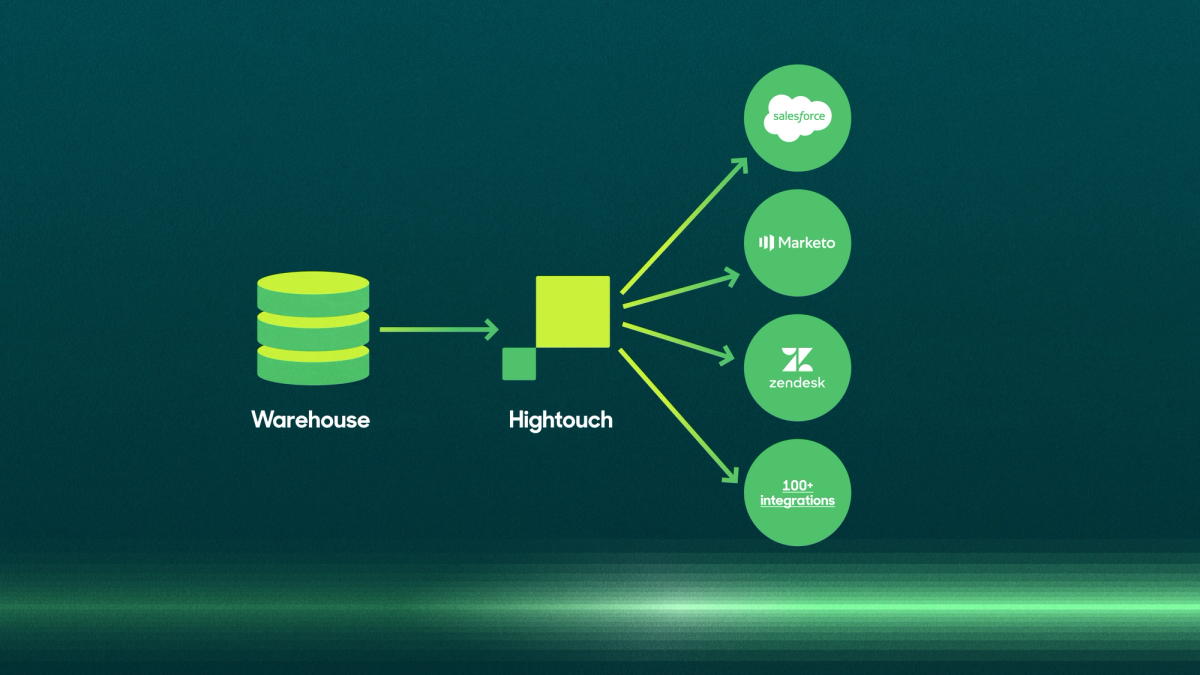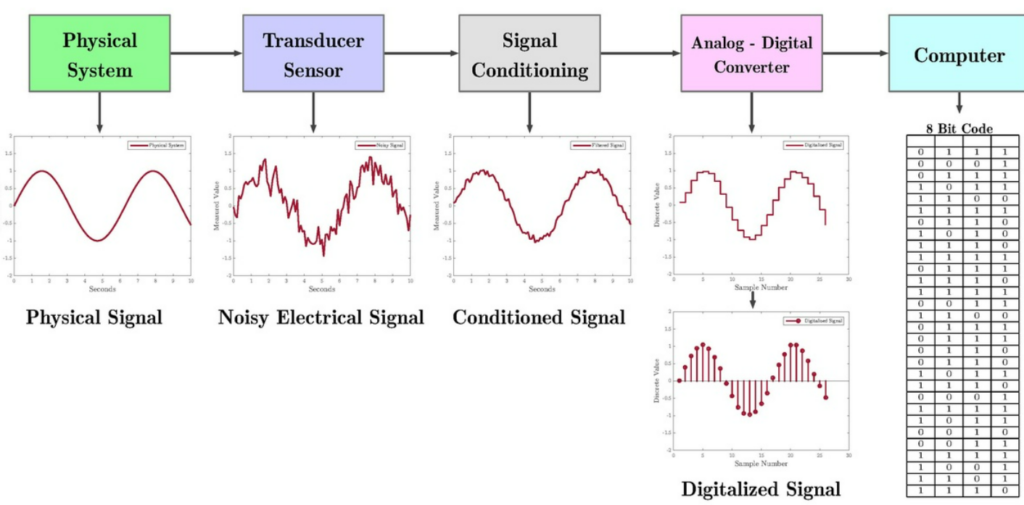Data Acquisition vs. Integration: What You Need to Know

No matter what type of business you’re in, you need systems in place to ensure everything runs smoothly. It’s one of the determining factors in how successful your company will be in the long run. However, when you’re in a field that relies on large amounts of data, those systems are all too important.
Since your company likely handles different types of data, the warehouses that store it need to be in top condition. Furthermore, the different types of data it holds must be easily accessible for reports and analytics. That’s why data acquisition and integration are critical. We’ll provide more insight into each topic below.
What is Data Acquisition?

Data acquisition (DAQ) is the process of sampling signals from physical, real-world occurrences and turning them into digital form to get analyzed by software. A simple example would be monitoring wind strength and direction during a storm. Once this information is sent to a computer, it can be used to predict the impact of future natural events.
In the old days, data acquisition would’ve been done using tape recorders or paper charts. But the bulky equipment and lengthy processes made it more time-consuming. Now, with cloud-based systems, like a modern data stack, it’s easier to convert and analyze information.
Other physical phenomena measured through data acquisition include:
- Temperature fluctuations
- Voltage and current
- Shock and vibration
- Strain and pressure
These measurements go through a series of components that make up a data acquisition system, which include:
Sensors: Interact directly or indirectly with the phenomena and converts the output into a readable display for further processing.
Signal conditioning: Take the signals from sensors and send them to the analog-to-digital converter.
Analog-to-Digital converter: Converts the conditioned signals into digital data making it easier for the DAQ to process the information.
DAQ software: Helpful for logging and analyzing data.
Why Is Data Acquisition Important?

Data acquisition systems are essential because they provide information on electromechanical equipment used today, like cars or medical devices. Without testing these products, it would be impossible to know their effectiveness. Furthermore, it creates safer and more structured environments to experiment.
For example, before the implementation of data acquisition systems, automobile companies would rely on test drivers’ opinions about specific car components. That wouldn’t bode well for consumers since each person can have different views.
But the data acquisition systems made it simpler to have objective measurements. Plus, using a modern data stack to house the various data streams enables businesses to analyze data quickly.
What Is Data Integration?

Using DAQ systems helps companies since they can easily understand the different elements that can affect their baseline. But when you’re getting data from multiple places, it can be challenging to have a complete picture. That’s where data integration steps in; it helps create a unified view by combining data from different sources.
There’s no universal approach to data integration. Typically, the client sends a request to the primary server. Then data is taken from internal and external sources. Finally, it’s extracted and consolidated into a single cohesive set, making it easier to analyze.
Most data integration methods benefit from a modern data stack since it’s an efficient way to house large amounts of data. Rather than spending large sums and human resources to operate hefty systems, the modern data stack creates a seamless transition from data acquisition to integration.
Some data integration methods include:
Extract, transform, and load (ETL): Takes data sets from various sources, blends them, and loads them into a modern data stack.
Change data capture: Applies changes to data sets using real-time integration.
Data replication: Data from one database is copied to keep synchronicity across data sources for backup purposes.
How Does Data Integration Help Businesses?

Business owners want to make the most of their ventures. But with so many working parts, getting everyone on the same page can be challenging. With data integration, you’ll have seamless communication among departments. Some other benefits include:
Boosting efficiency: Integration processes reduce the time needed to prepare data for reports. Employees no longer need to build connections from scratch, making room for extra time for other business processes.
Reducing human error: When employees gather data manually, they need to know every account and location for their data sets. However, automated integration updates eliminate that hassle since reports run frequently.
Better data quality: Data integration improves quality issues over time once problems are identified, and adjustments are made.
Data Acquisition and Integration are Essential for Your Business

Although data acquisition and integration are different, they’re equally important to your business. Having a data acquisition system in place creates objective data for business purposes.
Then with solid integration practices, you’ll be able to run your business more smoothly since data is easily understandable. Try implementing these methods in your company and reap the rewards.




